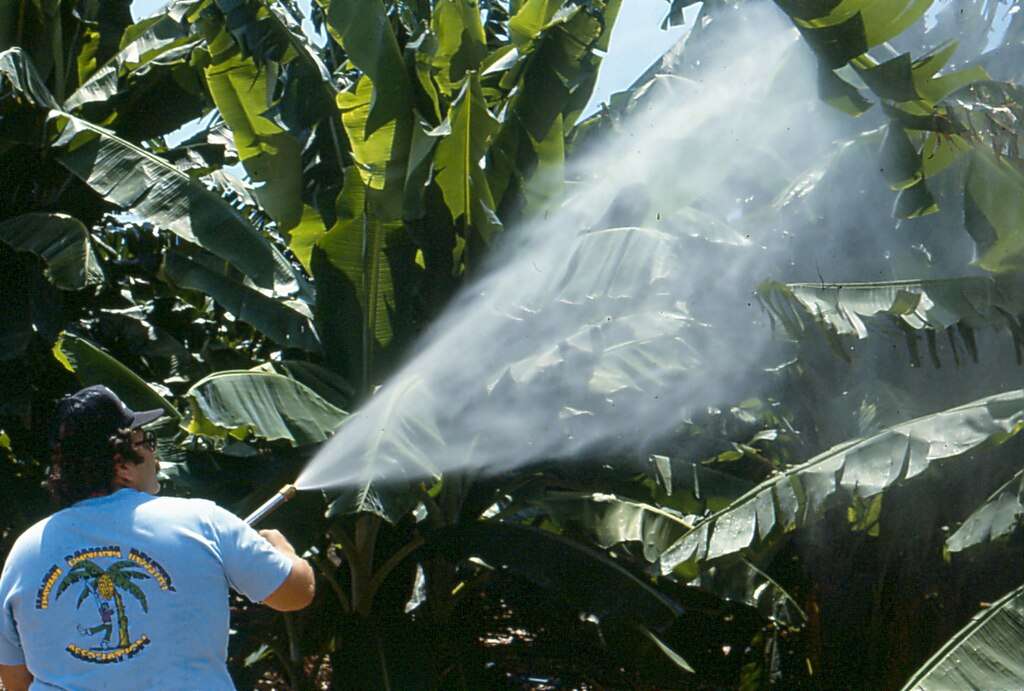A federal judge in Oregon has ordered the Animal and Plant Health Inspection Service (APHIS) to fundamentally change how it manages grasshoppers and Mormon crickets on public lands. The August 22, 2025 ruling requires APHIS to prioritize prevention instead of defaulting to pesticide spraying across millions of acres in 17 western states.
The court confirmed APHIS has a legal duty to use integrated pest management (IPM) techniques that combine multiple strategies to minimize environmental risks. This approach marks a significant shift from what critics called a “spray first, ask questions later” approach that has dominated the agency’s grasshopper control program for decades.
Judge Marco Hernandez gave APHIS two years to complete a new environmental impact statement for its 17-state program. The ruling also mandates greater transparency about where, when, and why the agency sprays pesticides on public lands. “This ruling is a major win for anyone who cares about the American West and the amazing biodiversity that makes these lands so special,” said Lori Ann Burd, environmental health director at the Center for Biological Diversity.
The latest decision follows the court’s August 2024 finding that APHIS broke the law by relying solely on chemical treatments. Judge Hernandez noted that APHIS had neglected to evaluate non-chemical alternatives, existing populations of beneficial insects, and how its spraying program, combined with other pesticide use, impacts the environment. The program’s jurisdiction spans across numerous western territories, including Idaho, Montana, Nevada, New Mexico, Oregon, Utah, Washington, Wyoming, and nine additional states.
Environmental groups that brought the lawsuit celebrate the ruling as protection for sensitive rangeland pollinators, especially native bees, butterflies, and moths. These insects, along with the species that depend on them for food—including the imperiled greater sage-grouse—have been harmed by broad-spectrum pesticide use.
Similar Posts
Transparency issues have plagued the program for years. In March 2024, Congress directed APHIS to operate with greater transparency after several controversial spray actions. A noteworthy incident occurred in mid-2023 when both the BLM and New Mexico’s State Land Office canceled their participation in a proposed Rio Chama watershed aerial spraying operation following community protests.
The proposed application would have affected protected wilderness regions where local communities—including tribal groups, outdoor enthusiasts, and conservation advocates—received no advance notification. In a separate incident during early 2024, APHIS was forced to withdraw its Arizona environmental evaluation after reviewers discovered it failed to properly address impacts on tribal lands and national monuments.
Sharon Selvaggio, pesticide reduction specialist at the Xerces Society, expressed optimism: “We’re looking ahead to an APHIS grasshopper program that centers non-chemical prevention as a primary focus, because pesticides also harm bees, butterflies, and all the other wildlife that depend on insects.”
Scientists note that among the hundreds of grasshopper species found throughout western rangeland ecosystems, only a small percentage actually create significant agricultural or economic problems. Many conservationists point out that these insects play important ecological roles, with some even boosting plant growth or consuming weeds.



















